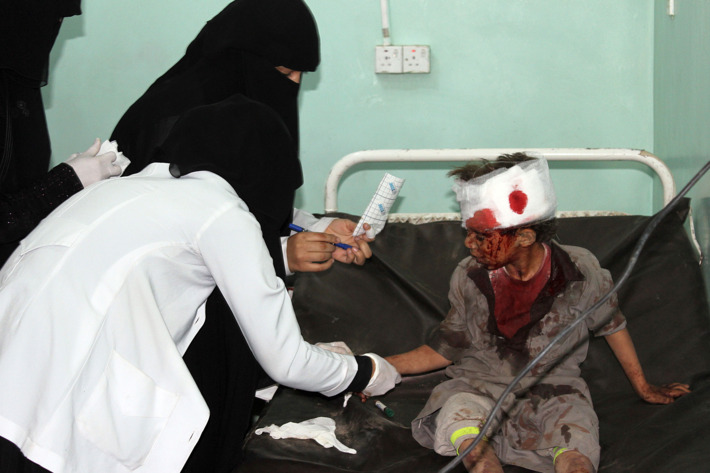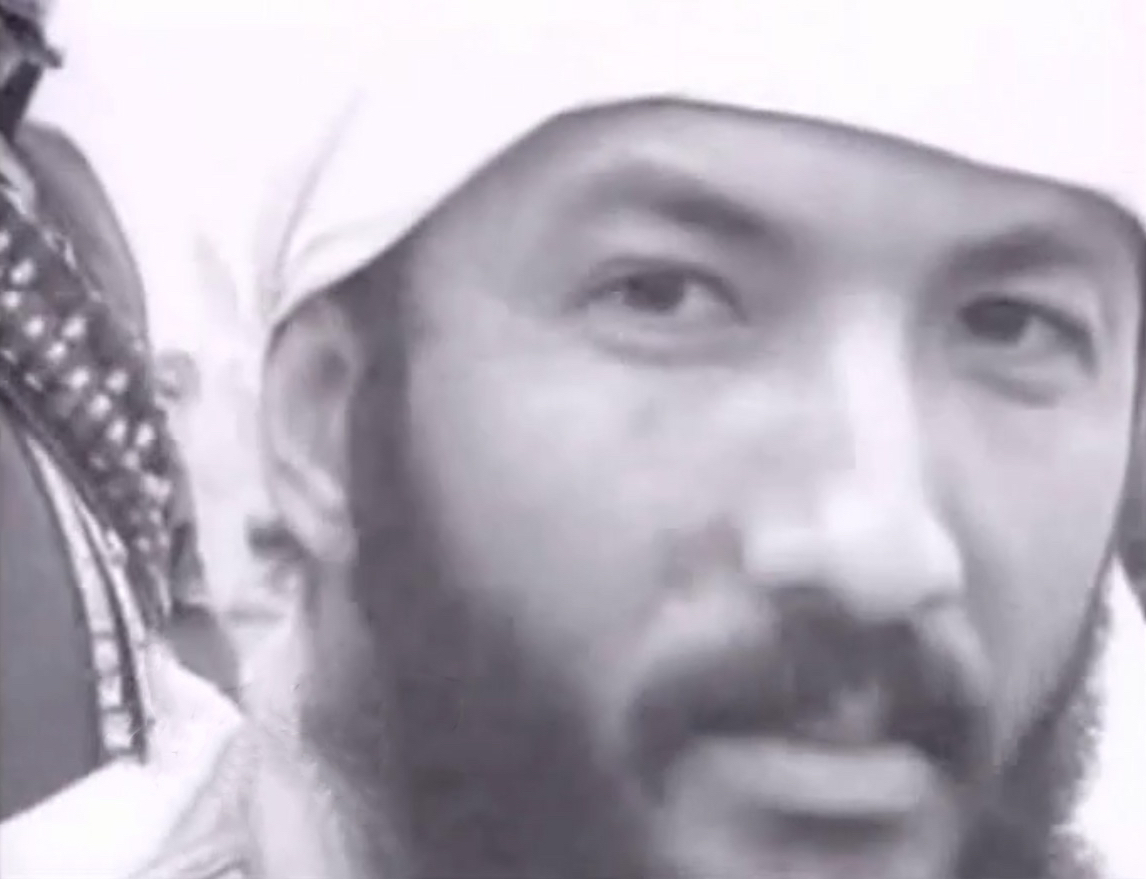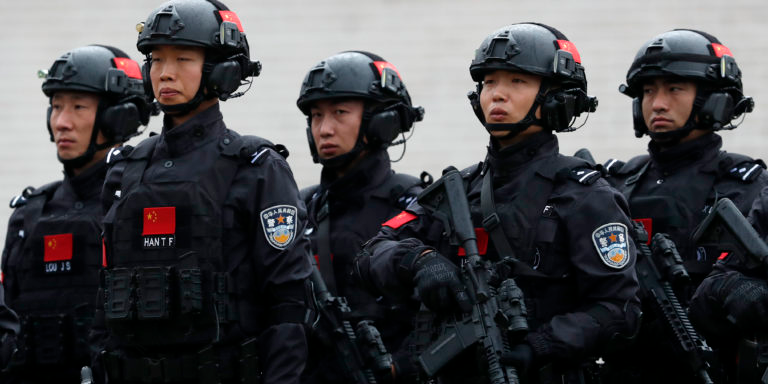Militants have battled security forces in several parts of the northwest in recent weeks and briefly seized a main road tunnel 50 km (30 miles) from Peshawar city in late January.
Suicide bombers have killed hundreds of people over the past year, striking in all of the country’s main cities and killing opposition leader Benazir Bhutto on December 27.
The attacks have raised fears about the stability of nuclear-armed Pakistan. While there’s no chance of the insurgents defeating the army or holding territory outside remote enclaves on the Afghan border, the violence looks set to intensify.
Retired Brigadier Mahmood Shah, a former chief of security in the ethnic Pashtun border lands, said peace deals with the militants in their border hub of Waziristan had backfired.
“Unfortunately, the policies of the last few years have helped them in re-establishing themselves, in reorganizing and rearming” Shah told Reuters in the northwestern city of Peshawar.
“That’s why it’s difficult to turn things around.”
The militants, known as Pakistani Taliban, are inspired by the Afghan Taliban and draw many of their fighters from the disenchanted youth of the ethnic Pashtun tribes.
Tribal factions have been joined by Sunni Muslim sectarian militants and foreign fighters, many from central Asia.
The Pakistani Taliban are also allied with al Qaeda.
Shah said the Pakistani Taliban have been doing most of the fighting though he saw the hand of al Qaeda behind some of the sophisticated suicide bomb attacks on the security forces and on opposition leader Benazir Bhutto, killed on December 27.
COORDINATION
A Pakistani militant chief, Baitullah Mehsud, who the government and the U.S. CIA says was behind Bhutto’s murder, was in December declared leader of the Tehrik-i-Taliban Pakistan, or Movement of Pakistani Taliban, a faction umbrella group.
The organization is for now little more than a name but more coordination would spell trouble, analysts said.
“The Tehrik-i-Taliban is 95 percent theory and 5 percent tangible,” said a senior government official who has worked in the tribal areas.
“They don’t have a concrete, organized mechanism but things are moving towards that and that would be very dangerous,” said the official, who declined to be identified.
The army can clear militants from areas such as the tunnel near Peshawar or the Swat Valley in North West Frontier Province (NWFP) but if administrators did not move in and provide for the people, the insurgency would never be stamped out.
“You can only convert the sympathies of the public from these guerrillas by providing what the government should be providing: justice, security, clean hospitals,” said the official.
“This is not complicated. There’s no other solution.”
Resentment runs deep in the seven isolated, long-neglected tribal agencies.
“The government has nothing for the tribal people but troops, missiles and Cobra helicopters,” said Abdul Karim Mehsud, a lawyer from South Waziristan.
OUT OF CONTROL
But while decisive government action was called for, authorities were fearful, especially after Bhutto’s killing which had damaged Pakistan’s body politic, Shah said.
“They’re scared of coming out,” he said.
Former Interior Minister Aftab Ahmed Khan Sherpao said he expected violence to intensify before a February 18 general election. Attacks on the police had demoralized them while investigators were failing to catch anyone behind the suicide bombs, he said.
“Not a single one has been resolved,” he said of blasts in NWFP last year, including two on him that killed scores. The same people behind the first attack on him organized the second and they had still not been caught, he said.
Security agencies nurtured militant groups in the 1980s and 1990s and used then to further aims in Afghanistan and in Pakistan’s dispute with India over the Kashmir region.
But the agencies had lost control of their proteges, said Afrasiab Khattak, a leader of a Pashtun nationalist party challenging Islamist parties for power in NWFP in the election.
“Militants have their own agendas,” he said.
“It’s a volcano created in the mountains that is throwing lava on both sides of the border.”
 Eurasia Press & News
Eurasia Press & News



